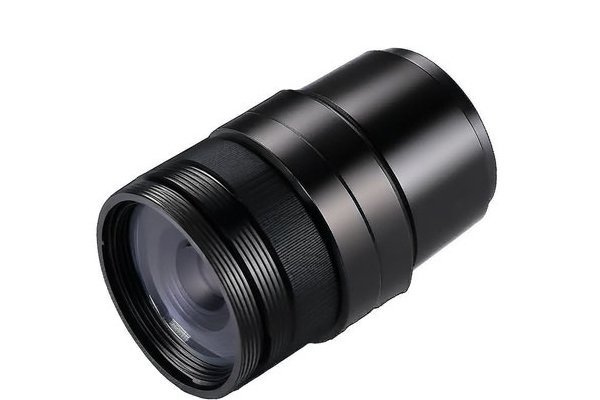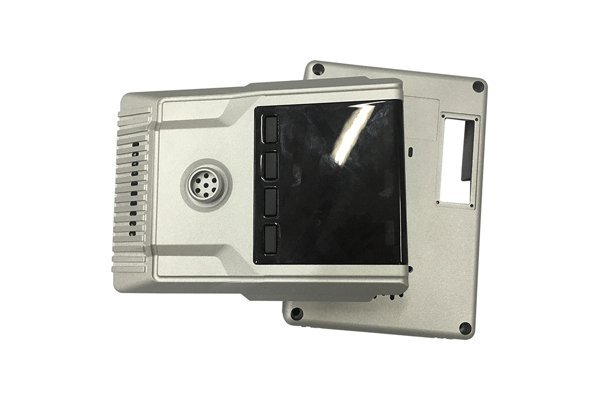Opening
Did you know that the precision of CNC machining can reach tolerances as tight as ±0.002 inches? In the world of manufacturing, where even a millimeter can make the difference between a successful product and a costly failure, such accuracy is crucial—especially in processes involving keyways. Keyways are integral to mechanical assemblies, ensuring that components fit together reliably and function without any hitches. But how do businesses ensure that their CNC machining processes produce keyways with exact dimensions and positions? Let’s delve into the various techniques and technologies that guarantee accuracy in this essential aspect of CNC machining.
Understanding Keyways in CNC Machining
A keyway is a slot or groove cut into a shaft or hub designed to accommodate a key—a type of mechanical fastener used to connect rotating parts. The accuracy of a keyway affects not only how well the parts fit but also the performance and longevity of the entire system.
The Importance of Accuracy in Keyways
Precision is not just a matter of convenience but rather a requirement in various applications, including:
Achieving Accuracy: A Detailed Breakdown of Techniques
The journey toward accurate keyways begins at the design stage. Using advanced Computer-Aided Design (CAD) and Computer-Aided Manufacturing (CAM) software, manufacturers can create precise 3D models of components. This ensures that all aspects of the keyway, including its size and positioning, are clearly defined before entering the machining phase. Some advanced software solutions also incorporate simulation features that allow engineers to visualize the machining process, spot potential issues, and make necessary adjustments ahead of time.
The quality of tools used in CNC machining plays a significant role in achieving precision. Choosing high-performance cutting tools specifically designed for machining keyways is paramount. Tools made from high-speed steel (HSS) or carbide can withstand the stresses of machining and produce clean, accurate cuts.
The CNC machine must be calibrated accurately before starting a machining program. This involves ensuring that the machine’s axes are aligned correctly and that the tool offsets are input precisely. Regular maintenance and calibration checks increase the likelihood of consistent machining accuracy over time.
Techniques such as:

Tool wear can significantly affect the quality of machining. Regular monitoring of tool conditions and timely replacements ensure that the cutting edges remain sharp and capable of producing accurate cuts. Utilizing sensors that can detect signs of wear and adjust the machining process in real time is a forward step in achieving precision.
Using feedback systems or closed-loop controls can enhance accuracy. These systems measure the actual dimensions of the keyway during the machining process and make adjustments if deviations from the desired specifications are detected. This ensures that any inaccuracies can be corrected on-the-fly.
After the machining is completed, rigorous inspection protocols must be followed. This often includes:
Trends and Innovations in CNC Machining for Keyway Production
As technology evolves, new advancements are emerging that can further enhance precision in machining operations:
Achieving accuracy in CNC machining, particularly when it comes to keyway production, requires a multifaceted approach that integrates advanced software, precision tools, machine setup, wear monitoring, and stringent quality control measures. Developing a deep understanding of these processes and continually adapting to technological advancements can help manufacturers produce high-quality components that meet the demands of various industries.
As we further explore the role of CNC machining in modern manufacturing, it’s vital to reflect on these strategies and their implications for precision engineering. Whether you’re a seasoned professional or a newcomer in the field, acknowledging the importance of accuracy in critical components like keyways will lead to improved performance, increased reliability, and greater satisfaction for clients and end-users alike.
In an industry where precision can define success or failure, the meticulous attention to detail and adaptation of innovative solutions will always set manufacturers apart. So, let’s continue to prioritize accuracy and excellence in CNC machining for a future that values quality and reliability in every cut.
—






